On Growth Track
Modernisation of railway infrastructure and development of metro rail network will play a major role in India becoming a developed nation by 2047.
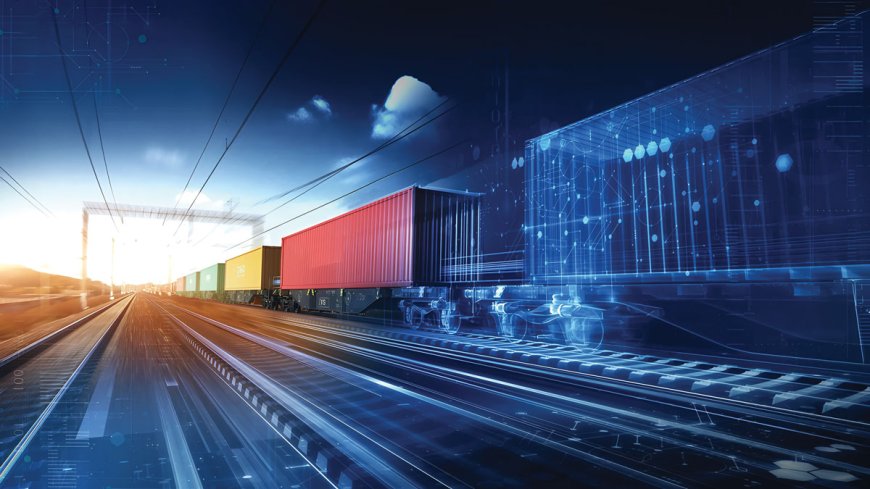
Modernisation of railway infrastructure and development of metro rail network will play a major role in India becoming a developed nation by 2047. Construction Times explores the trend and way forward for the growth of India’s railway and metro rail systems.
India is the fourth-largest railway network in the world, covering over 65,000 route kilometres. Every day, about 22-million people travel by train, and the system carries around 1.4-billion metric tonnes of freight each year.
Sustained budgetary capital outlay and growing freight demand are pushing Railways to new highs. According to ICRA, over the past five years, the total revenues for the Indian Railways have grown at a CAGR of 10% to Rs. 2,55,366 crore in FY2024 from Rs. 1,74,661 crore in FY2020. During this period, freight revenues (which account for ~65% of revenues in FY2024) have grown at a CAGR of 10.4% to Rs. 1,68,293 crore in FY2024 from Rs. 1,13,488 crore in FY2020. The CAGR volume growth in tonnage for Railways was around ~6% during the last five years, which helped the Indian Railways to improve its share in freight logistics to ~30% currently, and the same is expected to further go up in the medium to long term.
There has also been a sustained increase in passenger revenues during the five-year period from FY2020-2024, with receipts growing at a CAGR of 9% to Rs. 70,693 crore in FY2024 from Rs. 50,669 crore in FY2020. The consistent focus on improvement in passenger amenities and safety, coupled with a focus on digitalisation and rationalisation of subsidised fares has contributed to this growth.
Current developments in railways
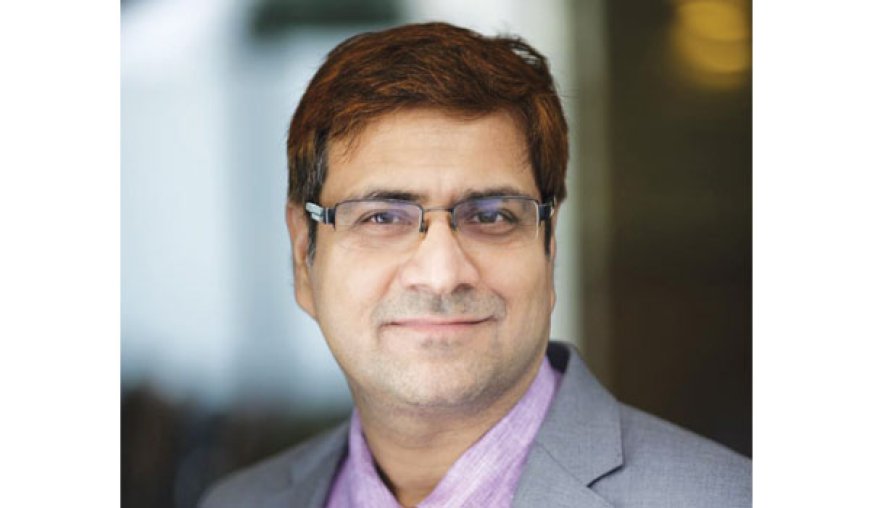 The rail industry is witnessing a shift in paradigms, fuelled by modernization, high-speed connectivity, digitization, and a high degree of focus on sustainability. “One of the most notable developments is the Centre's ambitious proposal to upgrade more than 1,000 railway stations under the Amrit Bharat Station Scheme—a first-of-its-kind drive to modernize infrastructure and upscale passenger experience nationwide. India's railway stations are on the threshold of an extraordinary makeover, and the entire ecosystem is welcoming innovation at an unprecedented scale. From the introduction of semi-high-speed and bullet trains to the widespread emphasis on electrification and green energy, these innovations are redefining the future of rail travel,” says Rajesh Chaabra, Executive Director, Transportation, Egis India.
The rail industry is witnessing a shift in paradigms, fuelled by modernization, high-speed connectivity, digitization, and a high degree of focus on sustainability. “One of the most notable developments is the Centre's ambitious proposal to upgrade more than 1,000 railway stations under the Amrit Bharat Station Scheme—a first-of-its-kind drive to modernize infrastructure and upscale passenger experience nationwide. India's railway stations are on the threshold of an extraordinary makeover, and the entire ecosystem is welcoming innovation at an unprecedented scale. From the introduction of semi-high-speed and bullet trains to the widespread emphasis on electrification and green energy, these innovations are redefining the future of rail travel,” says Rajesh Chaabra, Executive Director, Transportation, Egis India.
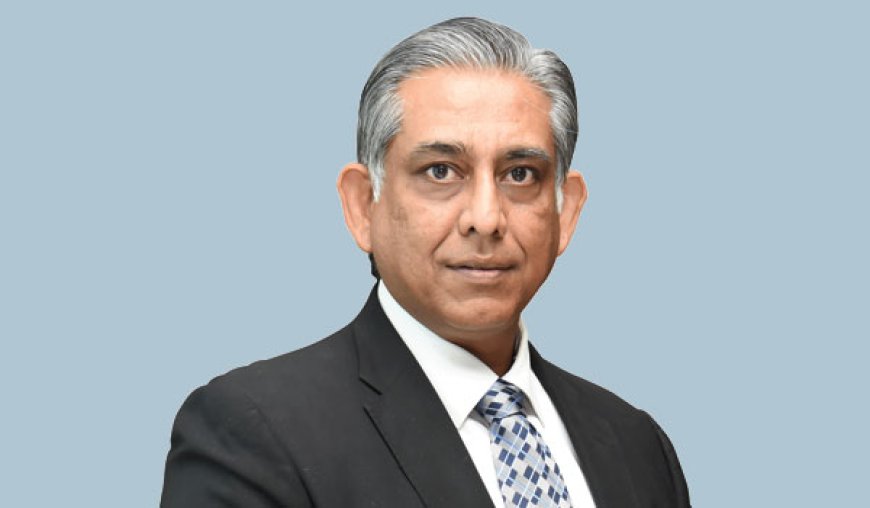 At present, Indian Railways is undergoing rapid development, with main focus areas including increasing train speeds, improving passenger safety, and adopting modern technologies. “These advancements also include automatic signalling systems, collision protection like Kavach, and modernised coaches. Doubling of tracks is a significant development, as it helps the network handle more traffic and reduces travel time. In FY 2023-2024, around 2,244 kilometres of tracks were doubled. The target for FY 2025-2026 is 2,600 kilometres, with an estimated cost around Rs 32,000 crore. Electrification is another big step forward. As of February 2025, over 97% of the broad-gauge network has been electrified,” adds Amit Sharma, Managing Director and CEO, Tata Consulting Engineers.
At present, Indian Railways is undergoing rapid development, with main focus areas including increasing train speeds, improving passenger safety, and adopting modern technologies. “These advancements also include automatic signalling systems, collision protection like Kavach, and modernised coaches. Doubling of tracks is a significant development, as it helps the network handle more traffic and reduces travel time. In FY 2023-2024, around 2,244 kilometres of tracks were doubled. The target for FY 2025-2026 is 2,600 kilometres, with an estimated cost around Rs 32,000 crore. Electrification is another big step forward. As of February 2025, over 97% of the broad-gauge network has been electrified,” adds Amit Sharma, Managing Director and CEO, Tata Consulting Engineers.
Push in rail freight infrastructure
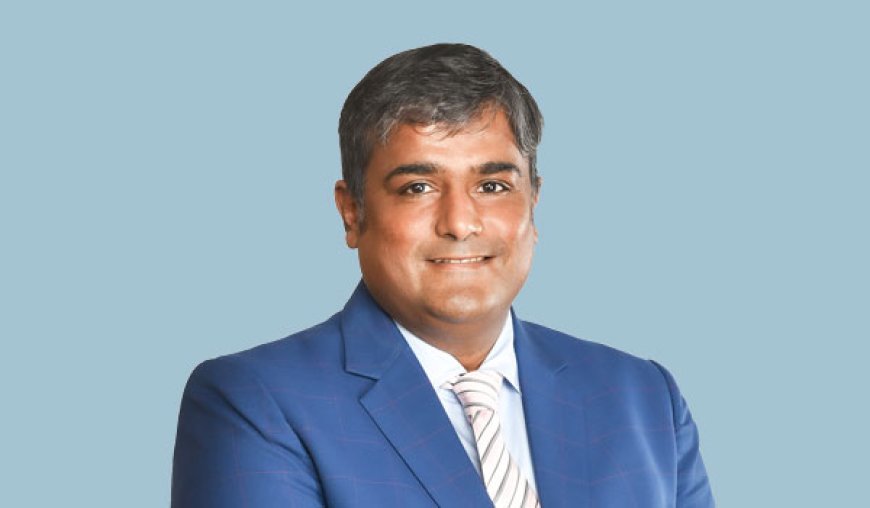 The Indian rail freight market is on a robust growth trajectory, driven by an expanding industrial base, increasing demand for efficient logistics, and government support, with a projected CAGR of above 4% through 2033. Adhendru Jain, Vice President of Rail and Inland Terminals, DP World Subcontinent, says, “Indian Railways’ decision to procure 90,000 new freight wagons by 2025, backed by a ~Rs 1 trillion investments underscore the scale of ongoing modernization. Strengthening this ecosystem, Indian Railways launched the Gati Shakti Multi-Modal Cargo Terminal (GCT) policy to boost private sector participation in developing rail-linked logistics hubs that will improve intermodal connectivity and expand capacity. The plan includes setting up 100 GCTs by 2025, with another 100 to follow.”
The Indian rail freight market is on a robust growth trajectory, driven by an expanding industrial base, increasing demand for efficient logistics, and government support, with a projected CAGR of above 4% through 2033. Adhendru Jain, Vice President of Rail and Inland Terminals, DP World Subcontinent, says, “Indian Railways’ decision to procure 90,000 new freight wagons by 2025, backed by a ~Rs 1 trillion investments underscore the scale of ongoing modernization. Strengthening this ecosystem, Indian Railways launched the Gati Shakti Multi-Modal Cargo Terminal (GCT) policy to boost private sector participation in developing rail-linked logistics hubs that will improve intermodal connectivity and expand capacity. The plan includes setting up 100 GCTs by 2025, with another 100 to follow.”
The market share of rail transportation is increasing with the government planning to take it from 35-36% (in 2024) to 45% by 2030 with the launch of strategic initiatives such as the National Rail Plan. This trend of growth is also facilitated by the integration of railways with existing infrastructure by roads, sea, ports and multimodal hubs to enhance its connectivity and lead to greater use of rail transportation.
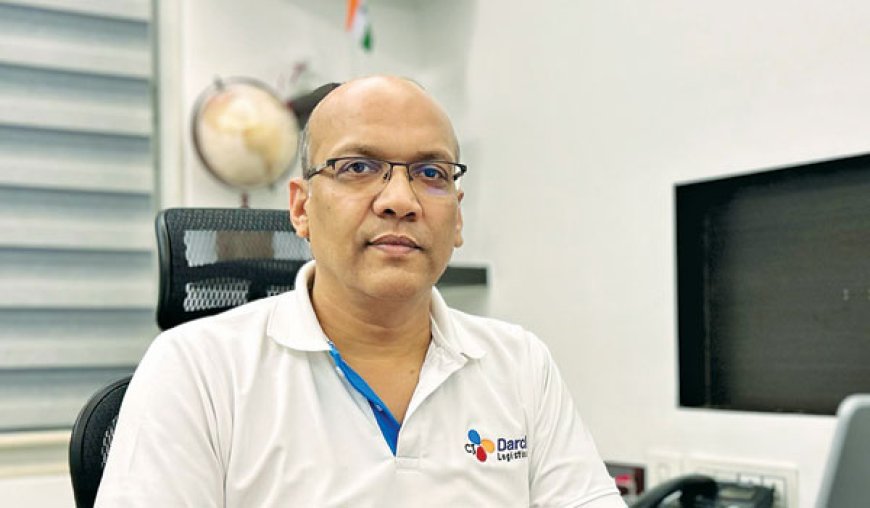 Rail logistics serves a preferred mode of transportation for long-haul deliveries across the nation. Its enhanced connectivity with first and last mile delivery systems has enabled in streamlining supply chains by reducing transit delays as well as carbon emissions. Compared to roadway logistics, rail transportation has many advantages from a sustainability perspective. Dinesh Goyal, President - Rail Business, CJ Darcl Logistics Limited, highlights, “Sustainability is another crucial trend driving the railway freight services in India. The industry is increasingly adopting solutions such as electrification of rail to reduce its carbon emissions. The electrification of rail is happening at a tremendous pace over the past decade from 1.42 km per day in 2014-15 to approximately 19.7 km per day in 2023-24. These efforts are a testament to India’s ambitious goal towards becoming the world's largest green railway with zero carbon emissions by 2030.”
Rail logistics serves a preferred mode of transportation for long-haul deliveries across the nation. Its enhanced connectivity with first and last mile delivery systems has enabled in streamlining supply chains by reducing transit delays as well as carbon emissions. Compared to roadway logistics, rail transportation has many advantages from a sustainability perspective. Dinesh Goyal, President - Rail Business, CJ Darcl Logistics Limited, highlights, “Sustainability is another crucial trend driving the railway freight services in India. The industry is increasingly adopting solutions such as electrification of rail to reduce its carbon emissions. The electrification of rail is happening at a tremendous pace over the past decade from 1.42 km per day in 2014-15 to approximately 19.7 km per day in 2023-24. These efforts are a testament to India’s ambitious goal towards becoming the world's largest green railway with zero carbon emissions by 2030.”
Metro rail: pushing urban connectivity
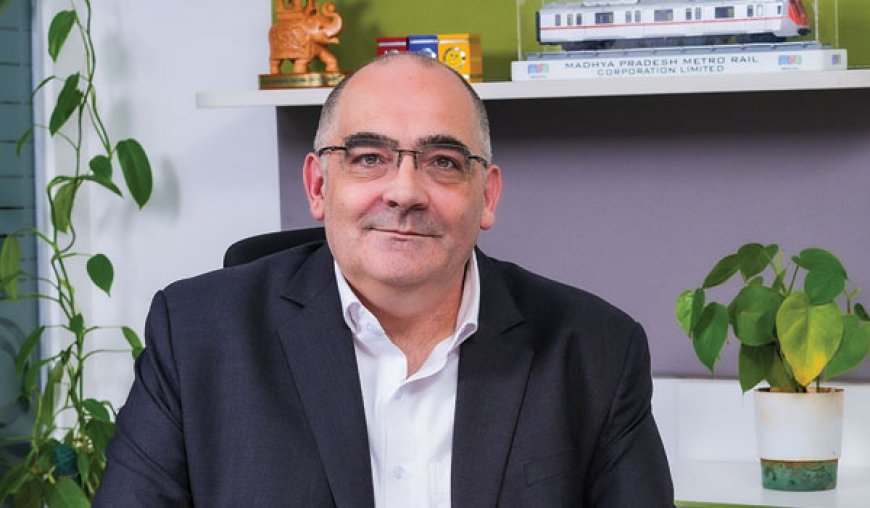 Metro rail network in India has witnessed rapid strides recently with more tier-2 cities entering the segment with new projects. While cities such as Jaipur, Kochi, Lucknow, Nagpur, and Noida have emerged with successful metro rail networks, a number of tier 2 and tier 3 cities are in the pipeline of setting up metro rail networks. India’s metro rail system is perhaps one of the most modern in the world. Many leading technology players are associated with the development of metro system in India. Olivier Loison, Managing Director, Alstom India, says, “We are passionately working with Delhi, Chennai, Mumbai, Bengaluru, Kanpur, Agra, Indore, Bhopal and Kochi metro to name a few, on not just ongoing projects but also defining the new era in urban rail mobility in the cities. Almost every metro in India today has something of Alstom in it, and we have a strong outlook in the urban rail space moving forward as well. We remain committed to further support the metro rail presence in newer cities such as Bhubaneshwar, Patna, Nashik, Visakhapatnam, and many more.”
Metro rail network in India has witnessed rapid strides recently with more tier-2 cities entering the segment with new projects. While cities such as Jaipur, Kochi, Lucknow, Nagpur, and Noida have emerged with successful metro rail networks, a number of tier 2 and tier 3 cities are in the pipeline of setting up metro rail networks. India’s metro rail system is perhaps one of the most modern in the world. Many leading technology players are associated with the development of metro system in India. Olivier Loison, Managing Director, Alstom India, says, “We are passionately working with Delhi, Chennai, Mumbai, Bengaluru, Kanpur, Agra, Indore, Bhopal and Kochi metro to name a few, on not just ongoing projects but also defining the new era in urban rail mobility in the cities. Almost every metro in India today has something of Alstom in it, and we have a strong outlook in the urban rail space moving forward as well. We remain committed to further support the metro rail presence in newer cities such as Bhubaneshwar, Patna, Nashik, Visakhapatnam, and many more.”
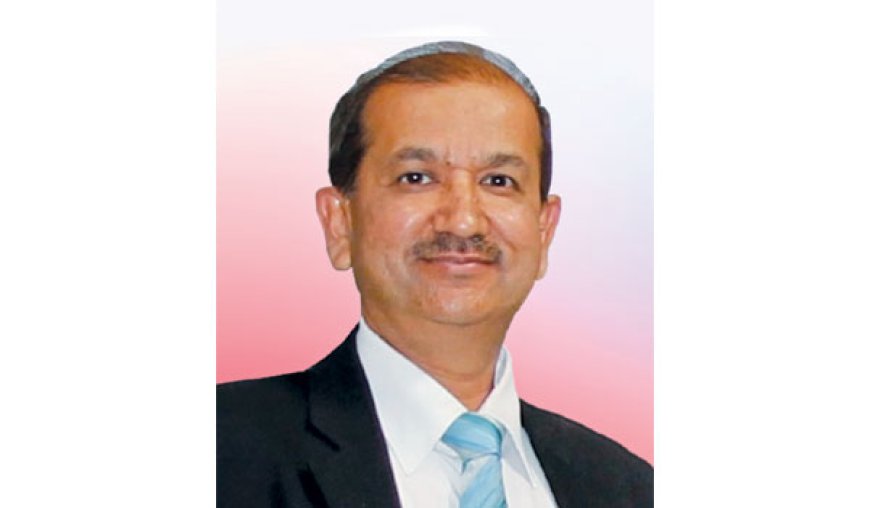 India’s metro rail network, which stood at about 850 km in 2023, is expected to cross 1,200 km by 2026 with new lines being added in emerging cities like Pune, Thane, Patna, Bhubaneswar, and the ongoing expansions in Mumbai and Delhi. According to Moonish Ghuge, President, Traction Division, Motion Business, ABB India, this expansion presents a clear opportunity for advanced traction technologies that support efficient, low-emission, and reliable rail operations. “At ABB India, we see this as a crucial time for the traction industry. The demand is not just for volume but also for innovative solutions that offer energy efficiency, smart diagnostics, and longer lifecycle performance. Our traction offerings are designed to align with this market need, supporting both mainline railways and metro systems in their journey towards electrification and modernization,” he adds.
India’s metro rail network, which stood at about 850 km in 2023, is expected to cross 1,200 km by 2026 with new lines being added in emerging cities like Pune, Thane, Patna, Bhubaneswar, and the ongoing expansions in Mumbai and Delhi. According to Moonish Ghuge, President, Traction Division, Motion Business, ABB India, this expansion presents a clear opportunity for advanced traction technologies that support efficient, low-emission, and reliable rail operations. “At ABB India, we see this as a crucial time for the traction industry. The demand is not just for volume but also for innovative solutions that offer energy efficiency, smart diagnostics, and longer lifecycle performance. Our traction offerings are designed to align with this market need, supporting both mainline railways and metro systems in their journey towards electrification and modernization,” he adds.
Emerging opportunities in railway and metro systems
The future of Indian Railways looks promising, driven by forward-looking government policies such as the National Rail Plan, Amrit Bharat Station Scheme and Gati Shakti Terminals are helping drive railway development. Vande Bharat trains are already running on 66 routes, with a target of deploying 4,500 such trains by 2047. A new sleeper version, designed to run at 220 kilometres per hour, is in development. Simultaneously, key corridors are being upgraded to support speeds of up to 160-kilometres per hour. Dedicated freight corridors spanning 3,300 kilometres are under construction. These will ease congestion on passenger routes and help reduce India’s high logistics costs. The Indian Railways is also exploring next-generation technologies like the hyperloop. The proposed Mumbai-Pune hyperloop would reduce travel time to just 14 minutes and carry up to 10,000 passengers per hour. A test track near Chennai has already been completed, with trials are expected soon.
Chaabra adds, “From high-speed and hyperloop corridors to modern tunnelling and digital integration, these innovations promise tremendous opportunities for innovation, sustainability, and cross-border collaboration.”
Jain is positive on the role of rail freight in the growth of India’s logistics sector as he points out, “Overall, the outlook for rail freight in India is very promising. With the right infrastructure and digital support, sustainability advantage we believe rail will take on an even more central role in cargo movement.”
 Vivek Lohia, Managing Director, Jupiter Group, looks positive on the emerging opportunities in Indian railway and metro systems as he elaborates, “India’s broad-gauge railway and urban metro sectors are undergoing a pivotal transformation, with indigenisation and digital innovation at the core. At Jupiter Wagons Limited, we are proud to be contributing meaningfully to this journey through cutting-edge design and manufacturing capabilities. Our recent entry into indigenous wheelset manufacturing using forging technology is a landmark step—making us the first Indian company to supply this critical component for high-speed operations. We now serve a wide spectrum of mobility needs across freight, passenger, locomotive, and metro rail systems.”
Vivek Lohia, Managing Director, Jupiter Group, looks positive on the emerging opportunities in Indian railway and metro systems as he elaborates, “India’s broad-gauge railway and urban metro sectors are undergoing a pivotal transformation, with indigenisation and digital innovation at the core. At Jupiter Wagons Limited, we are proud to be contributing meaningfully to this journey through cutting-edge design and manufacturing capabilities. Our recent entry into indigenous wheelset manufacturing using forging technology is a landmark step—making us the first Indian company to supply this critical component for high-speed operations. We now serve a wide spectrum of mobility needs across freight, passenger, locomotive, and metro rail systems.”
He further adds, “We’ve also introduced advanced wagons for automobiles, cement, containers, and coal, supporting private sector freight growth. On the infrastructure front, we are supplying welded CMS crossings for high-speed tracks through our European collaboration. Our electric commercial vehicles will further extend our commitment to sustainable transport solutions. With a long-term vision anchored in engineering excellence and ESG principles, we aim to position India as a global hub for next-generation rail and mobility technologies.”
The ongoing modernisation works of railways, the expansion of the metro rail network, building high-speed rail corridors and the plans for projects such as the underground and underwater rail connectivity and the hyperloop connectivity are expected to bring in a new revolution in the overall railway infrastructure of the country in the coming years.







